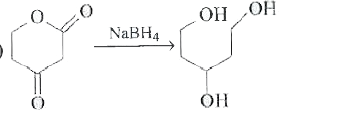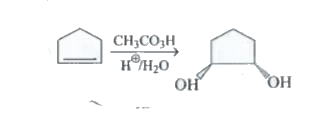A
B
C
D
Text Solution
AI Generated Solution
The correct Answer is:
|
Topper's Solved these Questions
AMINES
NCERT EXEMPLAR ENGLISH|Exercise SATQ|37 VideosView PlaylistAMINES
NCERT EXEMPLAR ENGLISH|Exercise LONG ANSWER|3 VideosView PlaylistALDEHYDE, KETONES AND CARBOXYLIC ACIDS
NCERT EXEMPLAR ENGLISH|Exercise Long Answer Type Questions|4 VideosView PlaylistBIOMOLECULES
NCERT EXEMPLAR ENGLISH|Exercise Long Answer Type Questions|5 VideosView Playlist
Similar Questions
Explore conceptually related problems
Knowledge Check
A
B
C
D
Submit
A
B
C
D
Submit
A
B
C
D
Submit
Similar Questions
Explore conceptually related problems
NCERT EXEMPLAR ENGLISH-AMINES-LONG ANSWER
- Which of the following reaction are correct?
04:16
|
Playing Now - A hydrocarbon 'A' (C(4)H(8)) on reaction HCl gives a compound 'B', (C(...
06:32
|
Play - A colours substance 'A' (C(6)H(7)) is sparingly soluble in water and g...
08:55
|
Play - Predict the reagent or the product in the following reaction sequence.
05:23
|
Play












